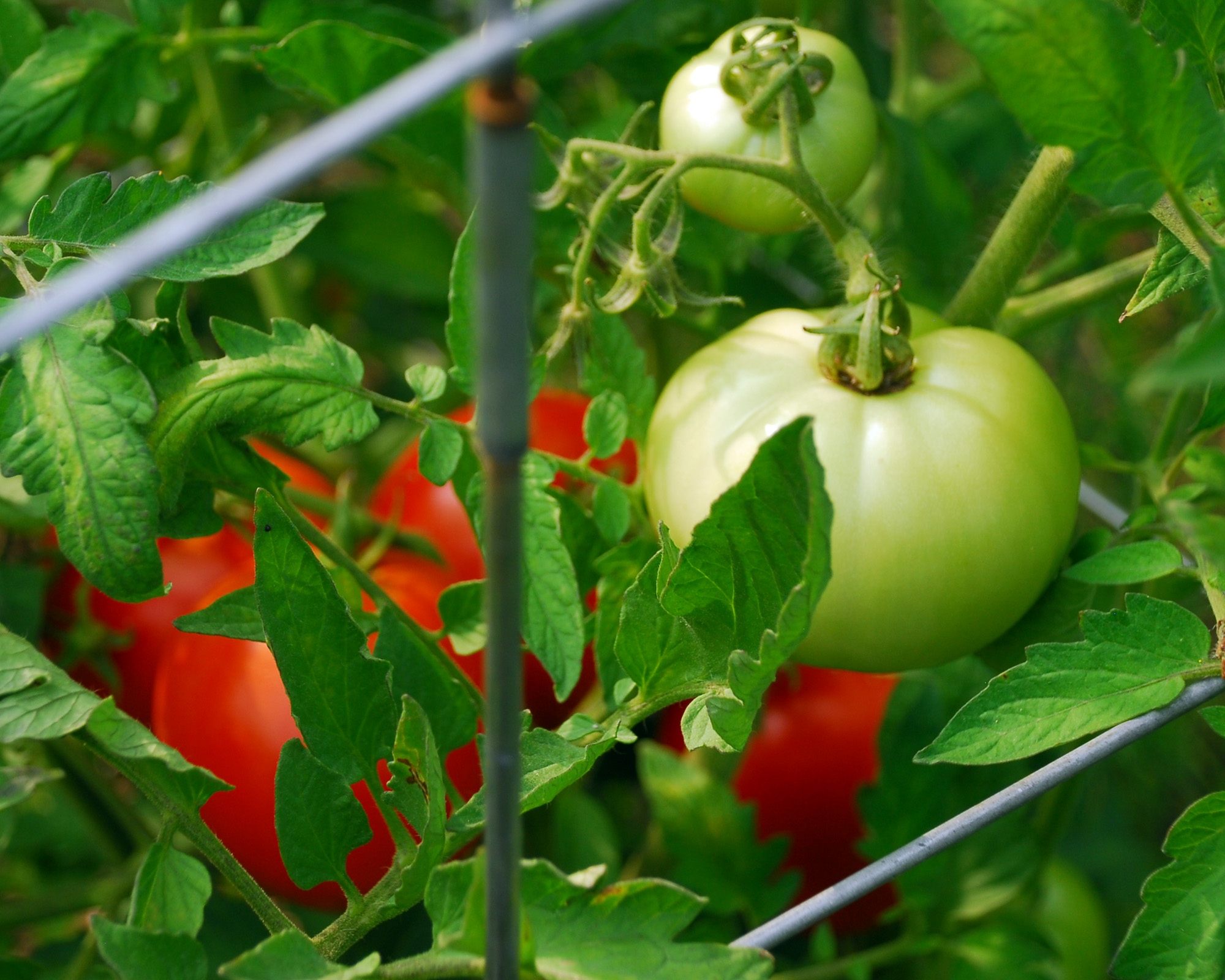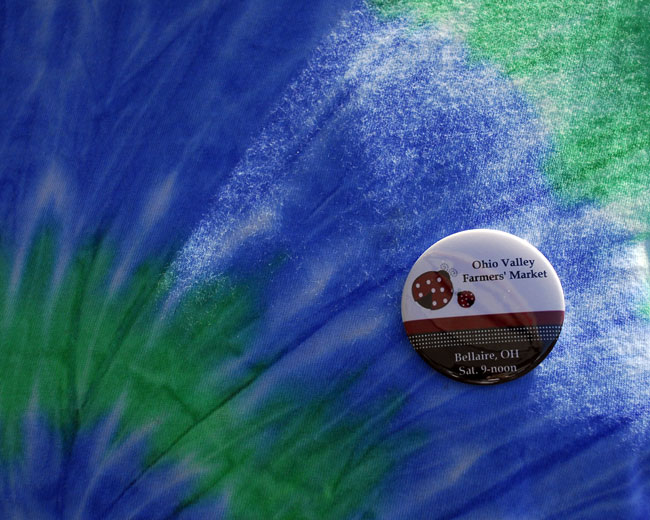Frank Muraca grew up in Wheeling a third-generation steel mill worker. Last year he won three medals in the Italian Festival sauce contest: silvers for his Bolognese and puttanesca sauces and gold for his marinara. He describes himself as a “self-taught” cook though, he, too, grew up in a traditional Italian household and remembers a neighborhood full of small family grocers and shops with “cheeses hanging from the ceiling.”
He developed an appreciation for culinary arts as a bachelor who wanted “good food” like that of his childhood. Muraca grows his own herbs and has extensively researched canned tomatoes to find the right taste. He remembers his grandmother’s sauces with beef, pork and even rabbit, and adds that his father was an excellent cook. His method is trial and error, and he encourages others to do the same.
“There are a lot of good cooks in the Valley, but if you want to learn you have to keep trying,” Muraca notes. “I don’t have to measure anymore, but I do have to taste while I’m cooking. The key is to make it the way you like it.”
Local caterer Diane Conroy says that by the time she was 10 years old she could cook well enough to prepare a family meal. Her sauce recipe comes from the old country, too. Her Uncle Joe and his mother taught her aunt the fine points of sauce making, and she passed the recipe on to her sisters (including Diane’s mother.) Sauce ingredients came from the garden, and children were expected to pitch in and help with picking, prepping and canning.
For Conroy, who cooks sauce by the gallon now, preserving the recipes helps preserve family memories.
“As a child I felt I knew many of my relatives that had passed away already just by listening to the stories about them and the food they made or how much they loved the recipe we were eating,” she explains. “Our mothers (the sisters) would get together at least once a month to cook for the family. We were together learning about our family's history and faith. The best times even today are cherished because of favorite recipes, stories and traditions of my own family.”
Conroy plans to enter the sauce contest this year, and Muraca is busy preparing three entries again, his marinara and two other sauces. The judge is also looking forward to the contest and has some advice for home cooks.
“Most people cook the sauce either too long or not long enough,” she notes. “There has to be a balance between tart and sweet from the ingredients, but a sauce doesn’t need to cook all day. Sauces should have some viscosity, but not be like jelly. A rich sauce like a Bolognese should have some weight. It shouldn’t run off the spoon, but drip off of it.”
She and Muraca caution against putting sugar in sauces. According to them, good sauces should have a tang, but any sweetness should come from good quality tomatoes, or, as Muraca recalls a relative doing, adding a carrot.
Information and entry forms are available online at www.italyfest.com. The deadline for the sauces is July 10, and only homemade sauces are eligible. Entry fees are $10 for the first jar and $6 for each additional entry. For questions, contact Kim Smith, festival coordinator at (304) 242-1090 during regular business hours.












































